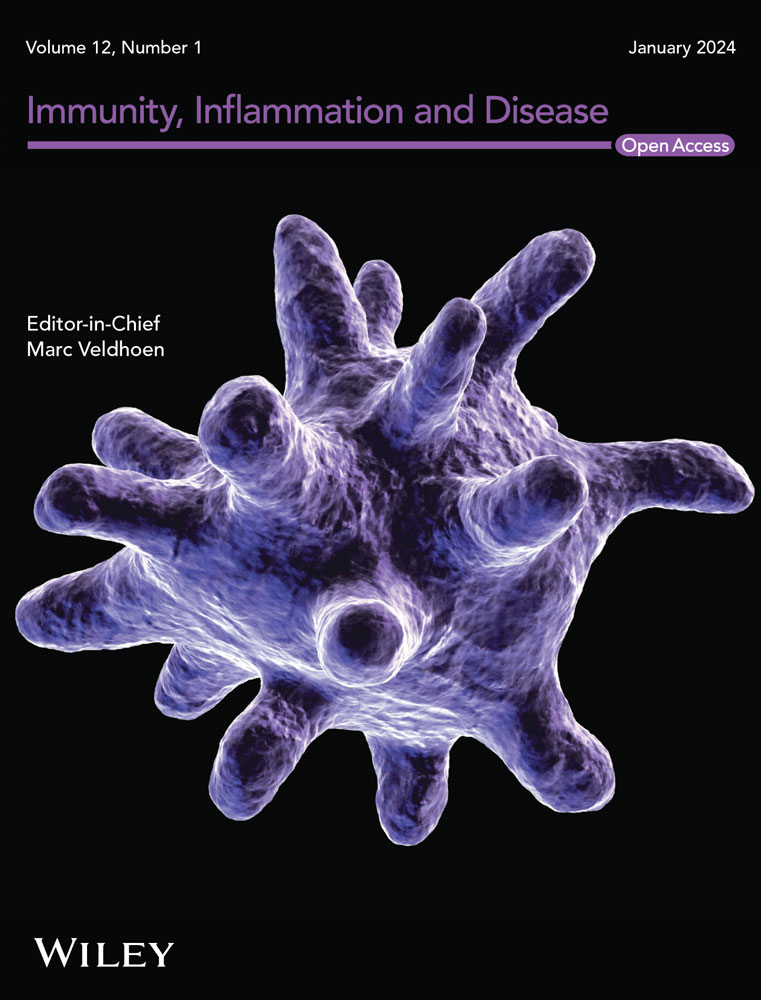The Relationship of Platelets With the Clinical Manifestations and Serologic Markers in Systemic Lupus Erythematosus: A Single-Center Retrospective Study
Abstract
Background
Thrombocytopenia is a common clinical manifestation of Systemic lupus erythematosus (SLE), and platelets may play a central role in the pathogenesis of immune-mediated inflammatory diseases. The study aimed to investigate the relationship between platelet count and clinical manifestations and serologic markers in systemic lupus erythematosus (SLE).
Methods
This single-center retrospective study extracted demographic data, blood cell counts, complement (C) levels, autoantibody profiles, and clinical presentation information from the electronic medical records of patients with SLE. The SLE Disease Activity Index 2000 (SLEDAI 2000) score was calculated, and Spearman's correlation coefficient was used to evaluate the correlation between platelet count and other variables.
Results
A total of 418 patients with SLE were included in the study. The platelet count was correlated with hemoglobin, complement 3 (C3), and C4 levels; leukocyte, neutrophil, and lymphocyte counts; and the SLEDAI 2000 score. In patients with SLE with thrombocytopenia, the platelet count was associated with the hemoglobin level and a positive direct Coombs' test. The platelet count in patients with SLE without thrombocytopenia was significantly lower compared with the healthy controls, and the platelet count in this group was correlated with C3 and C4 levels, as well as the leukocyte, neutrophil, and lymphocyte counts. The disease characteristics of patients with SLE with thrombocytopenia differed from those of patients with SLE without thrombocytopenia, whereas the clinical features were essentially the same between patients with mild to moderate SLE-associated thrombocytopenia and patients with severe SLE-associated thrombocytopenia.
Conclusion
Patients with SLE can be categorized into two groups with different clinical features based on the presence or absence of thrombocytopenia. Furthermore, the platelet count correlates with other blood cell counts and complement levels, particularly in patients with SLE without thrombocytopenia.


 求助内容:
求助内容: 应助结果提醒方式:
应助结果提醒方式:


